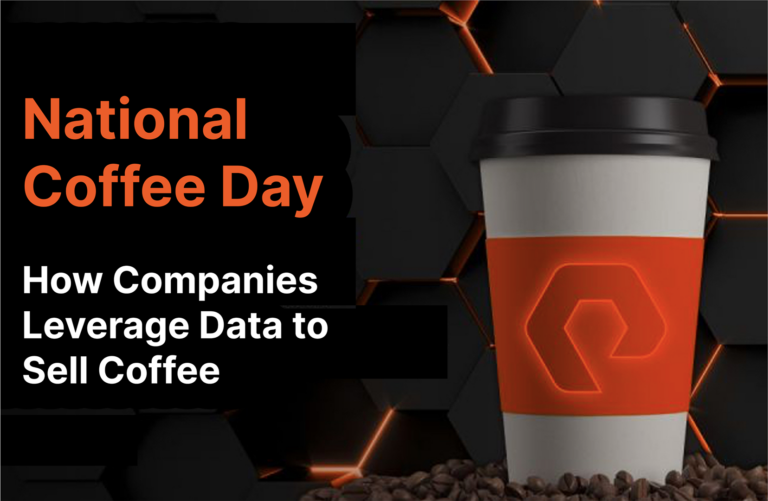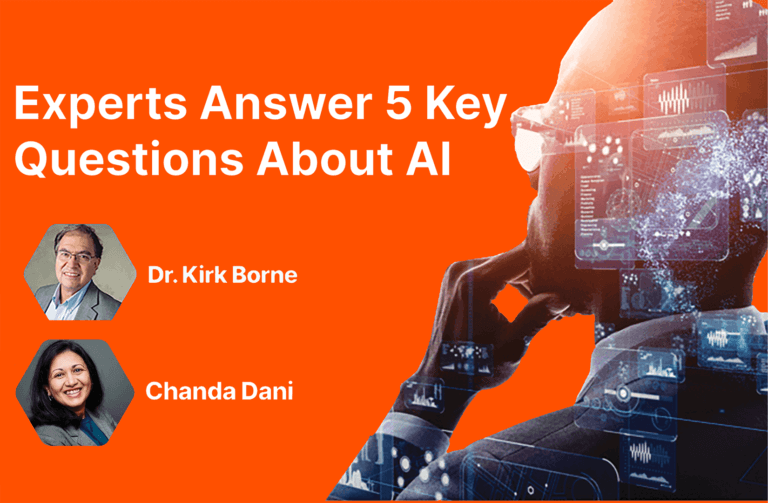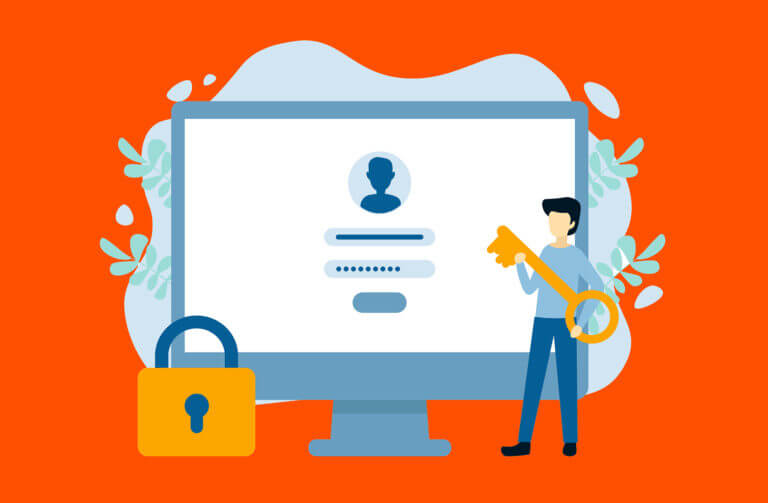Here in the United States, we love our coffee. Every day, Americans drink 400 million cups of coffee, so when we say, “Don’t talk to me until I’ve had my coffee,” we mean it. While the need for caffeine fuels our desire to drink our morning joe, what fuels coffee companies like Dunkin’ and Starbucks to sell more coffee? Data.
For National Coffee Day, we dove into this data to see just how coffee giants satisfy our thirst for iced macchiatos.
Coffee by the Numbers
Coffee shops need to know all of the numbers behind customers’ coffee addiction. First, women typically buy more coffee than men (about $2,300 per year vs. $1,900 per year). In 2022, the average cup of coffee in the U.S. cost about $4.90, but the average American is willing to pay more than that for specialty drinks.
Interestingly, most Americans still make coffee at home instead of buying it on the go. This is in part due to the rise of single-serve coffee machines like Keurig. From 2011 to 2022, Keurig users grew from 7 million to 38 million.
More Sustainable Operations
Nothing is going to get in the way of the coffee addiction in the United States. However, that doesn’t mean that we should be hurting the planet while harvesting coffee beans. Thanks to AI, harvesters are able to maximize yields and reduce the amount of waste in the process. Basically, harvesters are getting more beans from their harvests and creating less pollutants while doing so.
Once the beans are harvested, AI still has more work to do. Every year, 10 billion pounds of coffee beans are harvested, which amounts to 25 million jobs. Sadly, there are tons of issues with deforestation and illegal activity in the bean harvesting industry. Through AI, batches can be tracked so buyers can see where the beans came from and who harvested them to ensure that everything was above board.
AI is also used to power logistics to minimize transportation costs and reduce the amount of waste. Thanks to AI, you can rest assured that your coffee was ethically sourced and harvested as eco-friendly as possible.
How Starbucks Chooses Where to Open a Shop
It seems that there’s always a conveniently placed Starbucks exactly where you need one. This isn’t just a coincidence. Starbucks has an entire system that analyzes locations to determine where a Starbucks shop will perform well. This system analyzes traffic patterns as well as demographics to make sure that the area gets a ton of traffic and the people passing by are coffee drinkers.
Your Coffee App Knows What You Want before You Do
Roughly half of all Starbucks orders are done through its app. When customers use the app, they’re giving Starbucks critical data that is helping the coffee giant sell you more coffee. By using your data, the app can recommend items to you based on your history and will even recommend items based on the time of the year and weather.
Dunkin’s mobile app also has a sneaky trick up its sleeve. If you’ve given the app permission to know your location at all times, you may get a notification letting you know that you’re near a Dunkin’. Dunkin’s app also analyzes customer data to send specific marketing alerts and run promotions at specific locations.
Using Data to Sell Specific Beverages
Obviously, coffee shops have promotional items. How can you not go through fall without having a signature pumpkin spice latte? And is it really the holiday season without a peppermint white mocha frap? Starbucks looks at weather irregularities to drive coffee sales as well. During a random heat wave in Memphis, Tennessee, Starbucks launched a promotion to sell iced Frappuccinos to help “beat the heat.”
Coffee and AI
AI is sinking its teeth into just about everything, and coffee is no different. AI-powered tools such as drones are being used to closely monitor coffee production to make sure that coffee beans are being efficiently harvested and quality-control standards are being met. This is taking human error out of the equation.
Starbucks has jumped on the AI bandwagon by implementing it to enhance customer experience. For example, Starbucks uses AI to anticipate machine maintenance, replenish orders, and do inventory.
AI is used in the brewing process to make sure that coffee batches are consistent and taste the same. AI is monitoring things such as extraction times, brewing ratios, and water temperature.
Coffee apps utilize AI to power chatbots to assist customers as well as to learn their buying habits to recommend specific beverages and products to them.
Conclusion
Just like how coffee can take the headache out of your day, Pure Storage products and services can take the headache out of data storage. When customers choose Pure Storage, they’re choosing to embrace simplicity and evergreen technology that is good for their business, their employees, and the environment. See why Pure Storage was named A Leader for the 10th consecutive year in the Gartner® Magic Quadrant™ for Primary Storage.
![]()






